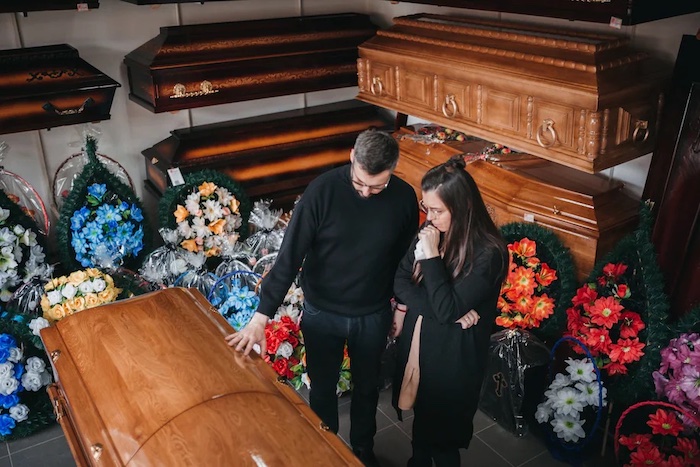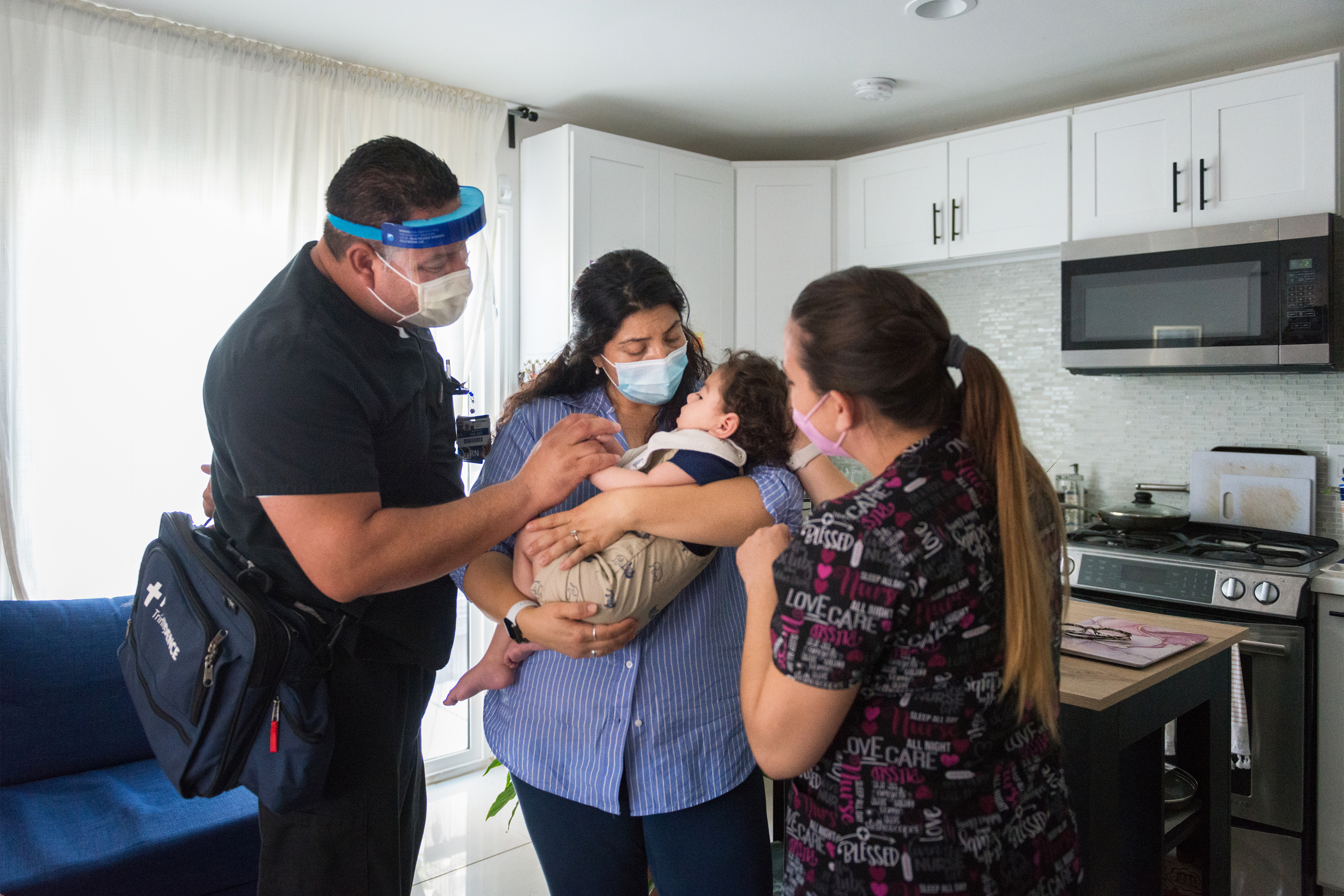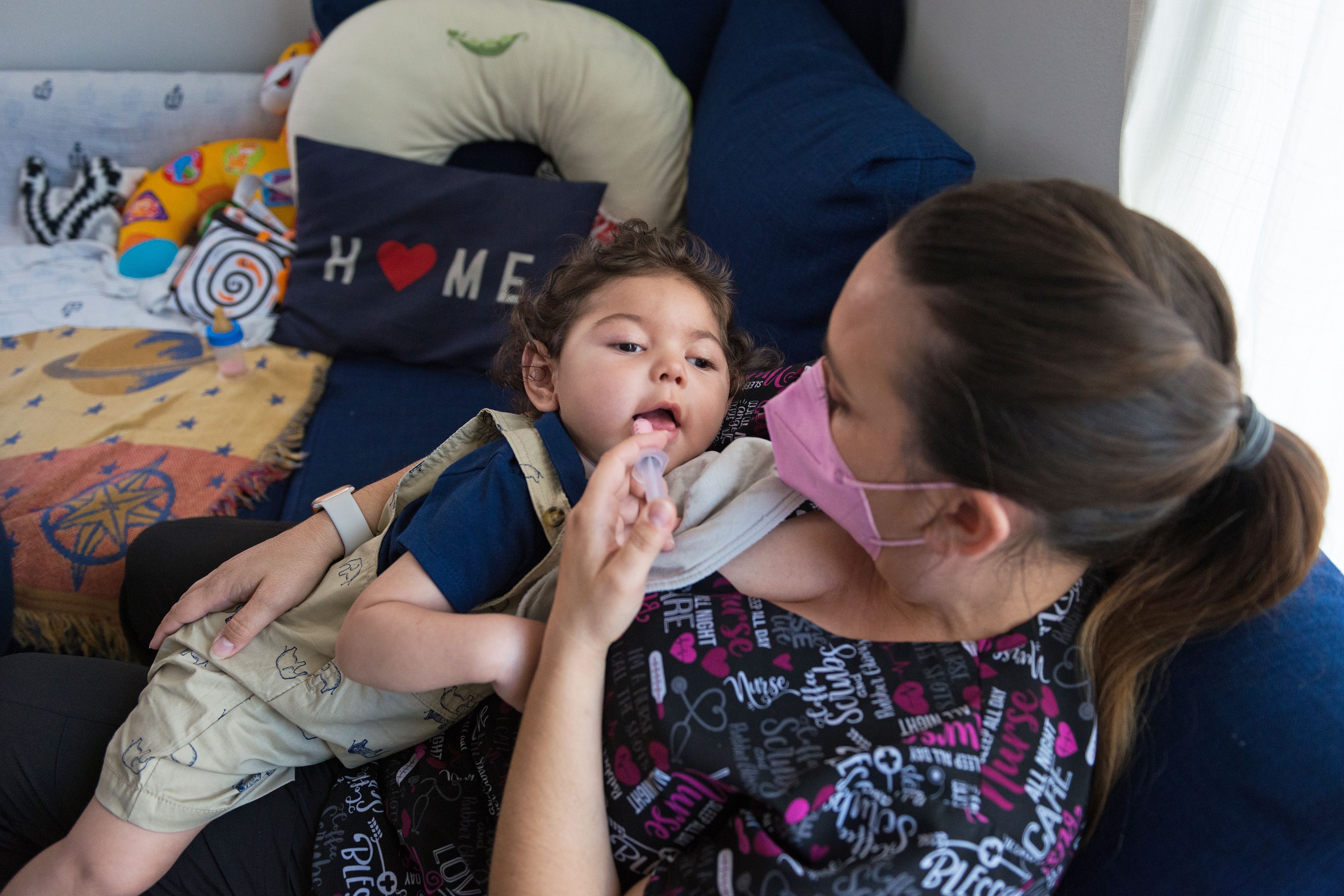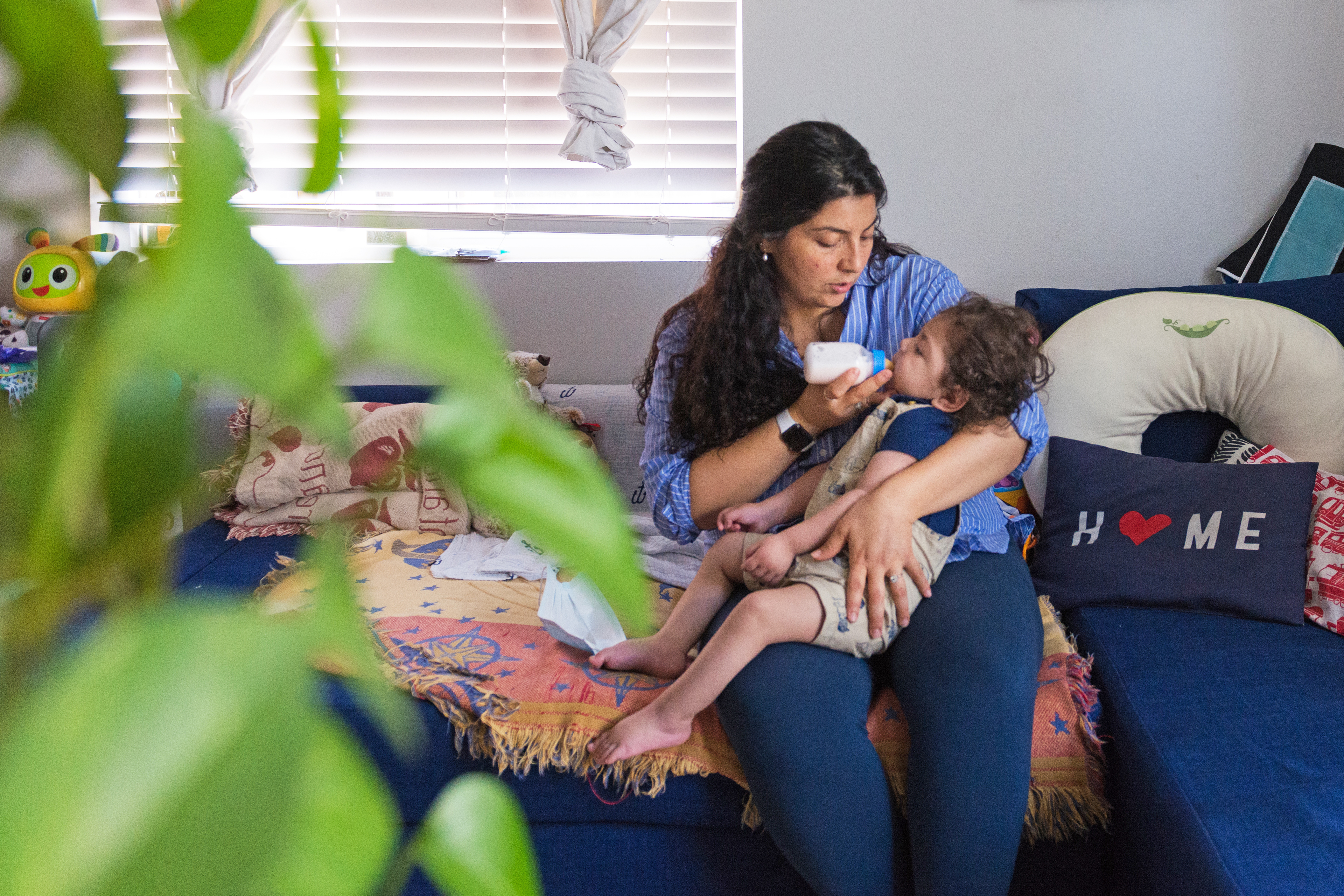— Here’s how to keep prices in check.

By Kevin Brasler
Grieving for a loved one is acutely difficult. The last thing anyone wants to do just after the loss is sit across from a salesperson in a high-pressure, time-sensitive situation making important and expensive choices.
Funeral homes provide important services, but they are also businesses trying to maximize each sale. Staff may try to sell products and services you do not want or need or that you can’t afford. Most funerals and burial arrangements in the United States cost between $7,000 and $10,000. There is nothing wrong with an expensive funeral if that’s what the family wants. But many families that might prefer a simple, dignified ceremony end up with something lavish and costly.
The nonprofit Consumers’ Checkbook collected ratings from local consumers on funeral homes they had used. Checkbook also evaluated funeral home prices by having undercover shoppers collect their fees and casket prices. Until Oct. 31, Washington Post readers can access Checkbook’s ratings of funeral homes free via Checkbook.org/WashingtonPost/funerals.
Protect yourself from overspending
If you are planning a service, do not go to a funeral home alone. Take along a less-involved companion who can assure you that sensible cost-saving decisions are okay.
Specialized organizations can help with this as well. Nonprofit funeral consumer organizations, also referred to as “memorial societies,” provide consumer education and resources regarding rights and options for burial and cremation. The Funeral Consumers Alliance (funerals.org) is the national umbrella group for affiliated societies. The Washington area has two organizations: the Funeral Consumers Alliance of Maryland and Environs (mdfunerals.org), which also serves the District; and the Memorial Society of Northern Virginia (memorialsocietyva.org).
And while it can be difficult, preplanning your own funeral is sensible and gives valuable input to your survivors when they are forced to make many decisions on short notice. Write down and share your preferences with loved ones, and include them in the process to make sure their emotional needs are met.
What to consider
When discussing options with a funeral home, start by asking for its general price list (GPL). The Federal Trade Commission requires funeral homes to provide a copy of their prices if you ask. Many GPLs are long and confusing, so also request a written itemized quote for services you’re considering.
Some funeral directors may encourage you to come in because “these matters are too complicated to discuss over the phone or via email,” or “we will surely be able to work something out between us.” Checkbook’s advice: Deal only with funeral homes that readily supply detailed pricing information to potential clients without requiring an in-person appointment.
There are several options for disposing of remains. Most families select burial with a traditional funeral, immediate burial or cremation (with or without a funeral).
Burial can be done directly, with no viewing or ceremonies, or with any combination of viewing, ceremony and graveside service. It usually requires a casket; cemetery plot; fees to open and close the grave; cemetery endowment (upkeep); and a marker, monument or headstone.
In Checkbook’s survey of local funeral homes’ prices, costs for a traditional funeral with oak casket ranged from $7,290 to $26,575, with an average of $12,867. Cemetery costs will add thousands to those amounts.
Immediate burial is far less costly if an inexpensive casket is selected. A funeral home files the necessary paperwork, places the unembalmed body in a casket and takes the remains to a cemetery for burial, usually within one day. On average, families will save $5,000 to $6,000 compared with a traditional funeral.
Cremation is an increasingly popular choice. Like burial, it can be direct or after a funeral. Cremation also allows flexibility on the timing and location for services; many families now hold memorial services in their homes or at the deceased’s favorite place.
Cremated remains may be scattered, kept at home, buried in a cemetery or interred in a columbarium. Burial or interment adds to the cost. In Checkbook’s price survey, funeral homes’ fees for direct cremation (no funeral) ranged from $1,295 to $7,595, with an average of $3,343.
The casket is usually the most expensive item in funerals. Casket prices range from less than $1,000 for a wood box to $25,000 or more for elaborate models. The markup on a casket is often three to five times wholesale, so be leery. A funeral director’s advice — and even the design of the selection room — may lure you to pay too much. Most people choose midrange steel or hardwood models for $3,000 to $6,000.
The least expensive containers — cardboard containers or pouches — are adequate for cremation or direct burial. Some funeral homes have rental caskets that can be used for viewing, allowing you to buy a less expensive one for burial.
Checkbook’s undercover shoppers found the least expensive way to buy caskets is to shop online. For example, for an oak casket, the average price quoted by area funeral homes was $3,782; shoppers found a comparable model online for $1,200. Online sellers ship caskets overnight, and by law, funeral homes must use them, if requested.
You also need to choose between a religious and secular service, held at a funeral home, religious establishment, residence or elsewhere. Consider whether you want a traditional funeral, with the casket open or closed, or would prefer a memorial service with no body present. Memorial services, church services and graveside services usually cost less than conventional funerals.
How to pay for it
Check on resources that might help pay for funeral costs. Because many people are not aware of the benefits available for final expenses, money often remains unclaimed. Most death benefits are not automatically sent to survivors and must be applied for.
A lump-sum Social Security death benefit of $255 is available to a surviving eligible spouse or dependent child (under 18).
In April 2021, the Federal Emergency Management Agency launched a reimbursement program to help those who lost loved ones during the coronavirus pandemic. Anyone with covid-related funeral expenses may be eligible for a reimbursement of up to $9,000. You cannot apply for funeral reimbursement money online; you must call FEMA’s covid-19 funeral assistance helpline at 844-684-6333 (TTY: 800-462-7585). There is no deadline for requesting this benefit.
Honorably discharged veterans and their spouses may be entitled to burial in one of 155 national cemeteries in 42 states (and Puerto Rico), with a grave marker and a flag for the casket. Other benefits may be available if the death occurred during active duty or during hospitalization in a veterans’ facility. To check, contact Veterans Affairs’ Veterans Benefits Administration (800-827-1000, benefits.va.gov).
Other possibilities include payments from fraternal organizations, lodges, clubs, union welfare funds, retirement plans and employers.
Many funeral homes push plans that let you prepay for your funeral. These agreements represent major financial commitments, and many unscrupulous places have embezzled customers’ prepaid funds; others have gone out of business without protecting their customers’ prepaid assets. A better arrangement is to open a joint savings account with a likely survivor who will get immediate access to the funds upon your death.
Complete Article ↪HERE↩!











